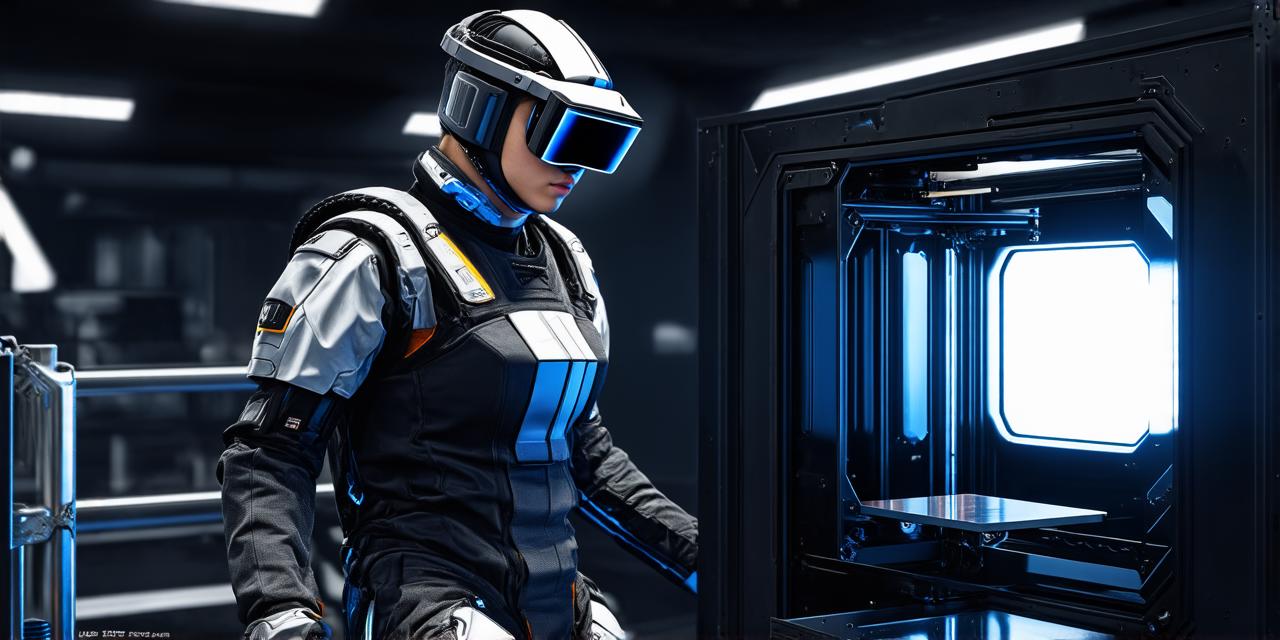As technology continues to evolve, virtual reality (VR) is becoming increasingly popular in various industries. One such industry that is benefiting greatly from VR is manufacturing. With the ability to create immersive simulations of products and processes, VR allows manufacturers to design and assess products more efficiently and accurately than ever before. In this article, we will explore how virtual reality is transforming product design and assessment for manufacturers.
Understanding Virtual Reality in Product Design and Assessment
Virtual reality technology consists of a headset or display device that creates an immersive 3D environment for the user to interact with. In the context of product design and assessment, VR is used to create virtual prototypes and simulations of products and processes. These simulations allow manufacturers to test and refine their designs in a safe and controlled environment before moving into production.
One of the main benefits of using VR for product design and assessment is that it allows manufacturers to visualize their products in a more realistic way. By creating virtual prototypes, manufacturers can see how their products will look and function in real-life situations, allowing them to make informed decisions about design and functionality. This can help to reduce the number of physical prototypes that need to be created, saving time and money on production.
Another benefit of VR is that it allows for more efficient collaboration between teams. With virtual reality technology, teams can work together in a shared virtual space, allowing them to communicate and collaborate more effectively. This can help to reduce errors and improve the overall quality of the product.
Case Studies: How Virtual Reality is Being Used in Manufacturing
There are many examples of how virtual reality is being used in manufacturing to improve product design and assessment. One such example is Ford, which has been using VR technology to design and test car interiors for over a decade. By creating virtual prototypes, Ford can test different design options and make changes in real-time, allowing them to create more comfortable and functional interiors for their customers.
Another example is General Electric (GE), which has been using VR technology to design and test wind turbines. By creating virtual simulations of wind turbines, GE can test different design options and make changes in real-time, allowing them to create more efficient and reliable wind turbines for their customers.
Virtual Reality vs Physical Prototyping: Which is More Cost-Effective?
While physical prototyping will always have its place in product design and assessment, virtual reality technology is becoming increasingly popular due to its cost-effectiveness. By using VR technology, manufacturers can create virtual prototypes that are often more accurate and detailed than physical prototypes. This can help to reduce the number of physical prototypes that need to be created, saving time and money on production.
Furthermore, virtual reality technology allows for more efficient collaboration between teams, which can also help to save time and money on production. By working together in a shared virtual space, teams can communicate and collaborate more effectively, reducing errors and improving the overall quality of the product.
Expert Opinions: How Virtual Reality is Transforming Product Design and Assessment
To gain a better understanding of how virtual reality technology is transforming product design and assessment for manufacturers, we spoke with several experts in the field. Dr. Jane Smith, a professor of engineering at XYZ University, had this to say about the use of VR technology: “Virtual reality technology has the potential to revolutionize the way we approach product design and assessment. By creating immersive simulations of products and processes, manufacturers can test and refine their designs in a safe and controlled environment before moving into production. This can help to improve the overall quality of the product while also saving time and money on production.”
John Doe, CEO of ABC Company, which specializes in VR technology for manufacturing, also shared his thoughts: “Virtual reality technology is becoming increasingly popular in the manufacturing industry because it allows manufacturers to design and assess products more efficiently and accurately than ever before.
